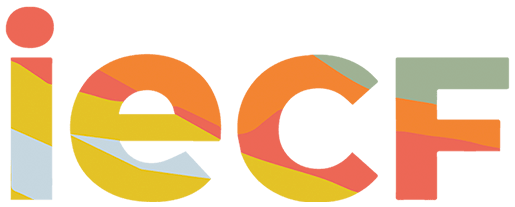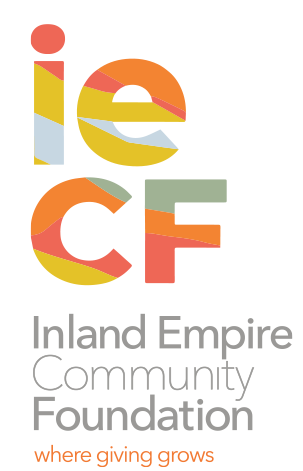
POLICY & ENGAGEMENT
A COMMON LANGUAGE FOR REAL CHANGE IN THE IE
Philanthropic investment in the Inland Empire is a fraction of what Los Angeles County, Orange County, or counties in the Bay Area experience. State and public funds are a vital resource, but the IE has historically struggled to capture those funds. California’s budget deficit this year complicates the situation even further.
IECF, teamed with the public sector, is a strong and trusted partner that helps local, county, and state governments deploy funds earmarked for the region. “Since public and private investment in the IE lags behind other regions, we’re asking our state legislature to make up the difference, particularly around funds that close racial equity gaps,” says IECF President and CEO Michelle Decker.
Events such as the Policy & Engagement Forum hosted by IECF and the California Economic Summit hosted by California Forward allow IECF to engage with local and state representatives and work on building relationships. “Elected representatives begin to see the potential of working with the Community Foundation to help our communities. Many of them understand the critical role that our nonprofit sector plays in delivering goods and services,” Decker adds.
A recent example of progress occurred when the City of Riverside passed a motion in March of this year
to create the Riverside Nonprofit Resilience Fund. The $2.8 million program will be administered in partnership with the Foundation to provide nonprofits with financial stability that can otherwise be hard to achieve and give them a chance to innovate and grow.
It’s essential to continue to work with partners to put the Inland Empire on the map, Decker says. The Inland Empire is often at a disadvantage when it comes to state budget asks due to its size and multiple jurisdictions. “But when you look at how far $1 dollar goes in the Inland Empire and the lives you can affect with that dollar, not to mention the equity gaps that need to be closed, you can fulfill the promise of a California for All by investing here,” Decker says.
But to capture the attention of business, elected, and agency partners requires that many groups speak from the same scripts. IECF is engaging local and state representatives to help guide collective action around the nationally recognized framework called the Vital Conditions.
“The next state legislative session is going to be a tough one,” says Graciela Moran, IECF’s Associate Director of Policy and Community Engagement, referencing the budget deficit. “We’re seeing a ton of programs being cut, but IECF wants to make these asks because our nonprofits are on the front line of getting people through tough times. Convening with our community beforehand at summits and forums and having that shared language [of the Framework] really helps strengthen our position.”
Decker asserts that the IE is a region of innovation. “The Inland Empire is, in fact, the future of California,” she says. “We want to build relationships with our state partners, and we want them to understand the innovation that is happening here and the investment potential.”
IECF recently introduced Graciela Moran (above, second from left) as Associate Director of Policy & Community Engagement to help the organization bridge institutional relationships and cultivate partnerships with publicly elected and appointed leaders. The IECF Policy & Engagement Forum (right) assembled local, regional, and state leaders, innovators, and groundbreakers around five policy priority areas that are key to the Inland Empire’s resilience and success.
Photo of Graciela Moran by Albert Angelo


